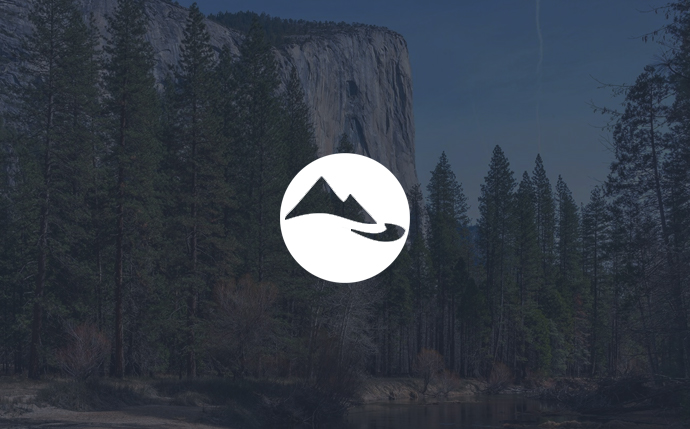
Mountain Music: A Closer Look at the Blue Ridge Music Trail
Blue Ridge Music Trail
The Basics
The Blue Ridge Parkway is a scenic drive corridor spanning 469 miles across the Shenandoah and Great Smoky Mountains National Parks. The Blue Ridge Heritage Initiative fostered the creation of a series of heritage trails that cross 50 counties in 4 states.
The Approach
Inspiration for the Blue Ridge Heritage Initiative
The initial planning for the project happened in 1997 when the Superintendent of the Blue Ridge Parkway invited community participants to investigate effective ways of promoting cultural, natural and historic resources of the southern Appalachians.
Ideation and Implementation
Consisting of North Carolina, Virginia, Tennessee, Georgia, and North Carolina, the Blue Ridge Heritage Initiative came about after arts agencies in three states were awarded a $225,000 challenge grant from the National Endowment for the Arts (NEA) for economic development and cultural preservation in the counties that border the Blue Ridge Parkway.
The model of the heritage trails was compelling and well liked. The Initiative agreed on 3 new themes and conducted inventories of the area’s cultural resources and assets within these themes. The art community was very involved in the process, offering their ideas for what they’d like to see included in the trails.
The following heritage trails were created as a result of the Initiative:
- The Craft Heritage Trails
- The Cherokee Heritage Trail
- The Farms, Gardens and Countryside Trails
- The Blue Ridge Music Trails
Spotlight on: Blue Ridge Music Trails
The Blue Ridge Music Trails project grew out of the Blue Ridge Heritage Initiative, a multi-state partnership of organizations, communities, and individuals committed to promoting the cultural heritage of the region. The Heritage Initiative was founded on the idea that heritage—the cultural traditions, natural resources, and historical events that together create a distinctive identity for the region—is integral to the well-being of communities and that the Southern Appalachians should preserve the heritage that is significant to the region and the nation.
The Blue Ridge Music Trails offers the chance to meet local musicians, travel to venues that feature Blue Ridge Mountain folk music and traditional dance, and take part in many of the actual performances, venues, and festivals going on year round.
Outcomes
The Initiative has created greater integration of educational programs with heritage area development and has fostered the many heritage trails like Blue Ridge Music Trails. There have also been new partnerships born. The North Carolina Arts Council Folklife Program is now working with the School of Education at the University of North Carolina on a related program to use traditional music as a teaching tool. The North Carolina Curriculum, Music and Community Project uses the talents of local musicians and their music traditions to teach the state mandated curriculum. Additionally, guidebooks have been published (by HandMade in America and the North Carolina Arts Council) to best showcase what the trails have to offer.
Check out these influential partners responsible for the various Heritage Trails, including the Blue Ridge Music Trails
Blue Ridge National Heritage Area
The North Carolina Arts Council
The Virginia Commission for the Arts
The Appalachian Regional Commission
Read more about the Blue Ridge Music Trail and the community engagement process here.
*The information from this case study comes from:

